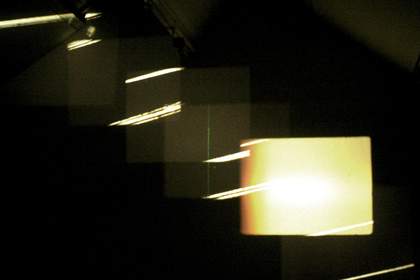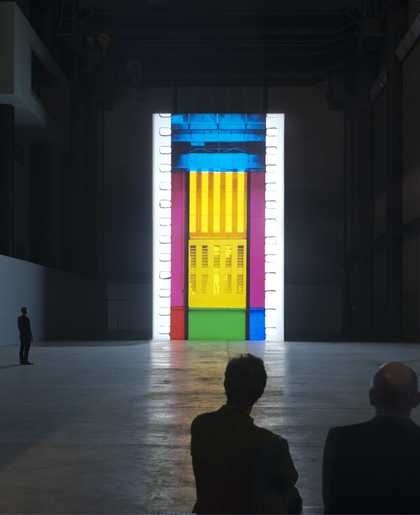
Tacita Dean
FILM 2011
Unilever Series
Installation view, Tate Modern
Lucy Dawkins, Tate
Every survey begs the question: why now? What is at stake at this moment that encourages us to reflect on and take stock of the past? The new weekly screening series Assembly: A Survey of Recent Artists’ Film and Video in Britain 2008–2013 can answer this pragmatically – its launch coincided with the reopening of Tate Britain. But further than that, it comes at a crucial point in the development of film and video, a point marked by the increasing ambition and scale of artists’ projects, highlighted by the strand of feature-length films, from Ben Rivers’s awardwinningTwo Years at Sea 2011 to The Otolith Group’s The Radiant 2012, an essay film about the aftermath of the Fukushima Daiichi nuclear disaster. The complexity of recent practice can also be seen in the staggering diversity of works, from modest but exacting films such as Peter Gidal’s 100-second Coda I and Coda II 2013 to the performances of Heather Phillipson; from Anthea Hamilton’s playful retro collages to Duncan Campbell’s vivisection of the media portrayal of political activist Bernadette Devlin.
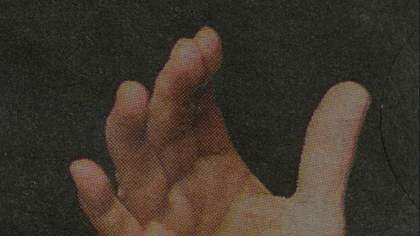
Beatrice Gibson
The Tiger’s Mind 2012
video still
Courtesy the artist. © Beatrice Gibson
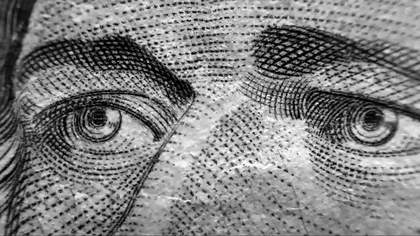
James Richards, Rosebud 2013
HD video still, 13 minutes
Image courtesy the artist; Cabinet, London; and Rodeo, Istanbul © James Richards
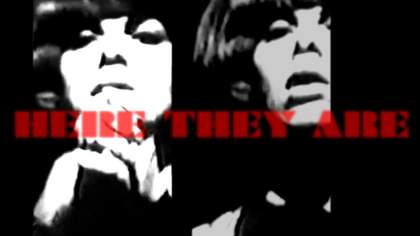
Elizabeth Price
still from The Woolworths Choir of 1979 2012
© Elizabeth Price 2012
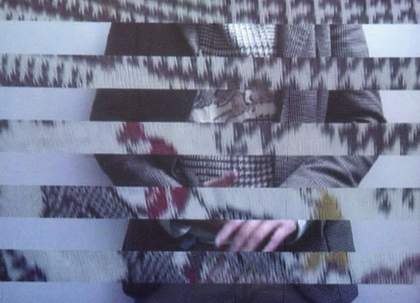
Laure Prouvost, IT, HIT, HEAT 2010
Video still
Courtesy the artist and MOTINTERNATIONAL. © Laure Prouvost
Assembly comes on the back of seismic shifts in the nature of producing and circulating images. The liberating promise of the internet seemed to be realised in the role of technology in the popular uprisings of the Arab Spring, but this optimism has been tempered with revelations of the widespread culture of surveillance enabled by the same technology. This dark underbelly of oppressive nationhood is explored in works by Jananne Al-Ani, George Barber, Seamus Harahan and John Smith.
Two London exhibitions of unparalleled ambition illustrated the divergent practice of the past five years, proposing equally momentous and complex possibilities for the future of the moving image. Tacita Dean’s Turbine Hall commission FILM 2011 helped to spearhead arguments against digital acceleration and for the future of analogue film. But rather than celebrating film as a ‘simple’ or ‘authentic’ medium, the project shows how technologically entwined film actually is – at its heart it is a hybrid medium capable of creating illusions and synthetic worlds. In emphasising the act of creation and construction over a passive recording of the world, Dean – represented in Assembly with her Craneway Event 2009 – positioned the artist as central to film, over and above the technology.
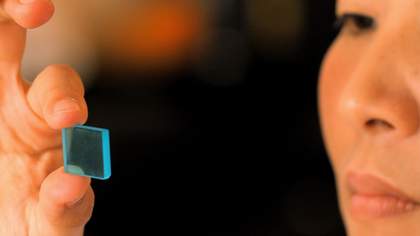
The Otolith Group The Radiant 2012
Video still
Courtesy the arist © The Otolith Group

Cara Tolmie
Pley 2013
video still
Courtesy the artist. © Cara Tolmie

Hannah Sawtell, Entrolude 4, Means 2010
Video still
Courtesy Vilma Gold, London © Hannah Sawtell
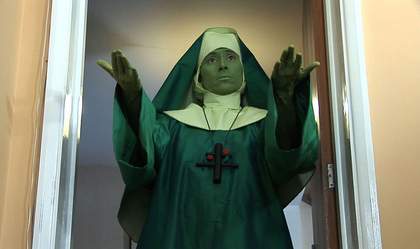
Jennet Thomas, All Suffering SOON TO END! 2010
Video still
Courtesy the artist and Paul Tarragó featuring Helena Goldwater as the Green Nun © Jennet Thomas
Christian Marclay’s 24-hour video The Clock 2010 was similarly fascinated by the history and illusory power of the moving image. Produced and first exhibited in London in 2010, it was collated over three years from masses of footage. After relocating to London from New York, Marclay left the majority of his analogue equipment and source material behind, leading him to embark on an ‘immaterial’ project. Edited with Final Cut Pro, The Clock draws on a collection of more than 10,000 clips and is actually assembled live by a computer program drawing on the video and sound files, allowing it to be accurate to the microsecond of the current time wherever it is shown.
Rather than setting up in opposition, these two works propound distinct future trajectories that find numerous analogies, companions and counter-proposals across Assembly. A rich new strand of digital works by artists as varied as Ed Atkins, Elizabeth Price, Laure Prouvost and James Richards explore the material properties of video, but are distinguished by their fascination with the fragility of experience and the body. The 16 mm films by Samantha Rebello and Emily Wardill explore the texture and material of film through its relation to objects, a theme addressed in Mark Leckey’s Turner Prize-winning video Cinema in the Round 2008.
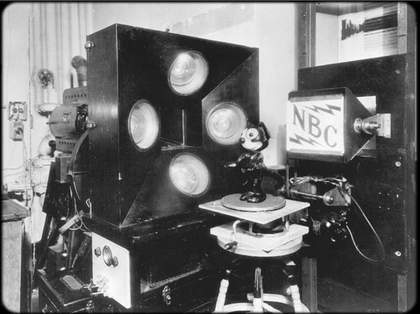
Mark Leckey, Cinema in the Round 2008
Video still
Courtesy the artist and Cabinet, London © Mark Leckey
Performance is a central element of current practice and continues to inform how artists as diverse as Pablo Bronstein, Redmond Entwistle, Anja Kirschner and David Panos, Jennet Thomas and Gillian Wearing work, drawing on Shakespeare, Bertolt Brecht and Hollywood B-movies. Music from Detroit techno to Cornelius Cardew is a starting point, inspiration or process in the art of Paul Abbot, Beatrice Gibson, Hannah Sawtell and Cara Tolmie. And beyond the auditorium the Assembly programme will feature two evenings incorporating images, objects and performance. Approaches to this expanded field range from Gail Pickering and Charlotte Prodger’s investigation of our relation to technology – from television to YouTube – to the multi-projection 16 mm films of artists such as Guy Sherwin and Lynn Loo and Sally Golding.

